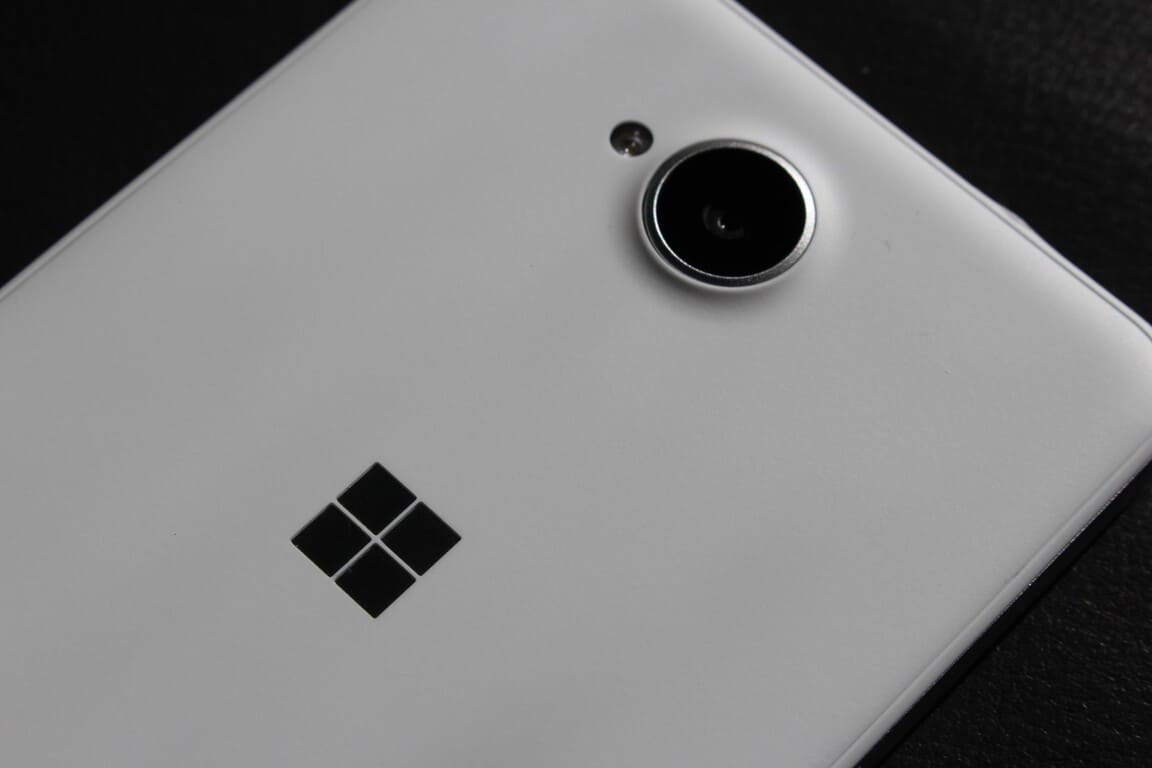Microsoft could still make Windows Phone a success and here’s how

It’s not a secret that Microsoft’s mobile efforts, currently called Windows 10 Mobile, are in trouble. With a 2.6% market share worldwide, falling sales, and not one single mention at Build, it’s easy to see why.
According to Terry Myerson, the head of Windows, the company’s mobile plans are not somewhere it wants to “lead” in 2016, and potentially beyond. Instead, Microsoft will focus on devices with screens between 9- and 30-inches, a category that Windows 10 caters to perfectly.
More than 270 million people are using Windows 10 across a range of devices and the improvements that Microsoft is making — especially around the Universal Windows Platform (UWP) — mean that the experience is getting better every day. Apps, like Uber or the New York Times, are arriving on Windows 10, plugging the “app gap,” a situation that has plagued the platform for years.
While there is still a long way to go, some of the positives from the UWP are even making their way to Windows phones. This won’t be enough to convince the majority of Android or iPhone owners to switch, but it could appeal to one key market: Businesses.
Essentially, Microsoft is becoming more and more of an enterprise company over a consumer company. It makes the majority of its revenues from selling services, like Azure, to big businesses and loses most of its money on selling Lumia handsets and other consumer stuff.
This strategy is fine because Microsoft makes so much money from enterprise, but the shift to enterprise is there nonetheless. Windows 10, for example, is being adopted at unprecedented rates by businesses and Azure is fast becoming a competitor to Amazon Web Services, which leads the cloud services industry.
For a business, Microsoft is an attractive partner because it provides the whole package. A chief technology officer can simply go to Microsoft and order a few servers, the software to run them, an Office subscription, and Windows licenses — and that’s it. Done.
However, companies are increasingly finding that this strategy has one key element missing: smartphones. Thanks to the rise of Bring Your Own Device (BYOD), employees have been choosing their own smartphone which company IT departments then have to support. This is expensive, time-consuming, and ineffective at scale.
While Apple has been making overtures to companies and has partnered with IBM, there are still a host of Android phones — not to mention different versions of iOS that aren’t the latest — that companies must work with, build software for, and support generally.
Microsoft, up until now, has not been able to offer a compelling solution to this problem. While managing an iPhone or Samsung Galaxy is expensive, it does at least have all the apps a user could want. Windows, however, likely did not. With the introduction of the Universal Windows Platform and its subsequent adoption by developers, that changes.

Features like Continuum, which can turn a Windows Phone into a desktop computer with a Microsoft-made dock, could appeal to businesses, especially with employees who are on-the-go but need the power of a computer. Neither Apple nor Google has anything like this — beyond a small amount of tie-in between OS X and iOS — and this, really, is Microsoft’s ace in the hole.
Elsewhere, the integration with Office that Microsoft has built into Windows Phone could also be appealing. While Apple and Google have support, Microsoft actually makes Office and the apps on Windows Phones integrate nicely, even with niche features.
Now, in 2016, Microsoft can offer the whole package: software, services, and a compelling smartphone experience that is cheap, easy to manage and works well with all the services Microsoft already offers.
Of course, winning enterprise — if “winning” is the right word — is nowhere near as lucrative as owning the consumer market, as Apple does, and it will likely never be a total Microsoft smackdown. But, it could be a way for the company to get something back from the resources, both in terms of time and money, it has spent on developing Windows Phone.
It may end up that Microsoft is not, in fact, interested in Windows Phone at all. The lack of mentions at Build 2016, for instance, was not a good sign at all. It may be that Satya Nadella has realised that the ship cannot be salvaged, a 2.6% marketshare cannot be overcome, and it is best just to let the platform die slowly and quietly.
Microsoft currently has a range of compelling software on iOS, Android, and Windows for desktop and so, in many ways, it doesn’t matter if Windows Phone lives or dies. But it would likely be nice for Microsoft to be able to turn around and prove the sceptics wrong, especially as there is a broad feeling that missing mobile was one of the company’s biggest mistakes.
The position that Microsoft is in is actually very fortunate, as Windows Phone’s success does not dictate whether the company ultimately lives or dies. Unlike Apple, which derives around 60% of its revenues from the iPhone, the mobile market is not a big factor for Redmond. (Which, it’s worth noting, means Microsoft has missed out on hundreds of billions of dollars.)
The progress Microsoft has made as a company — in terms of culture — and strategically as a business have been good under Nadella, but it would be nice to see Windows Phone, a long-term failed project, succeed and this may be a way for it to do that.
[Source:- Winbeta]